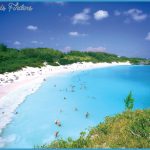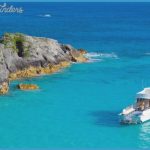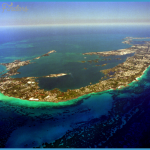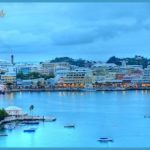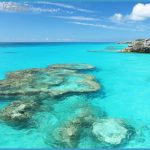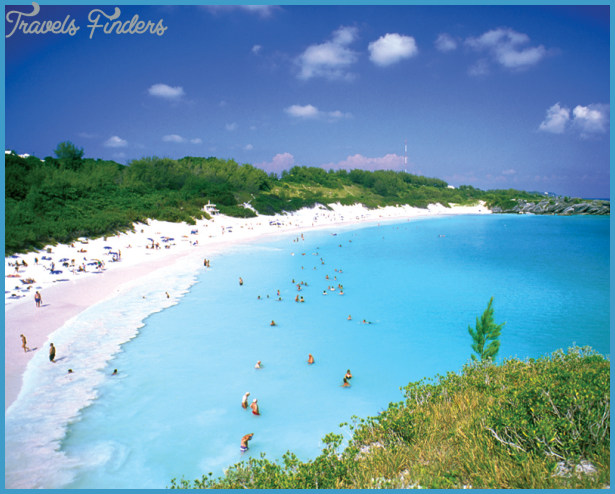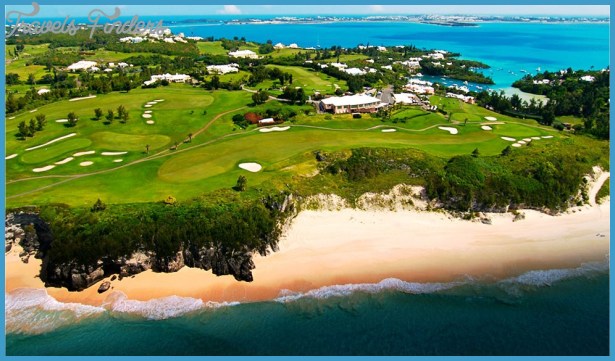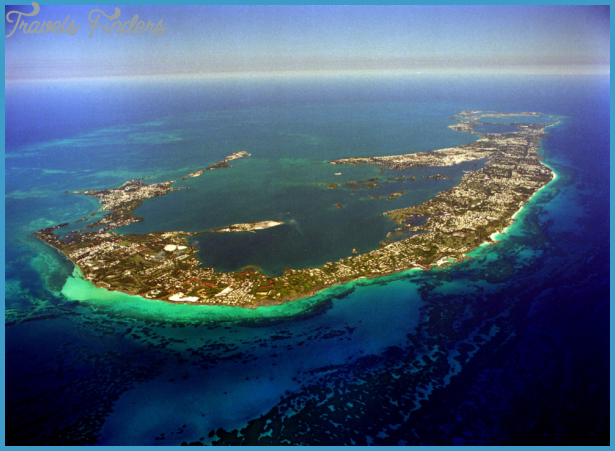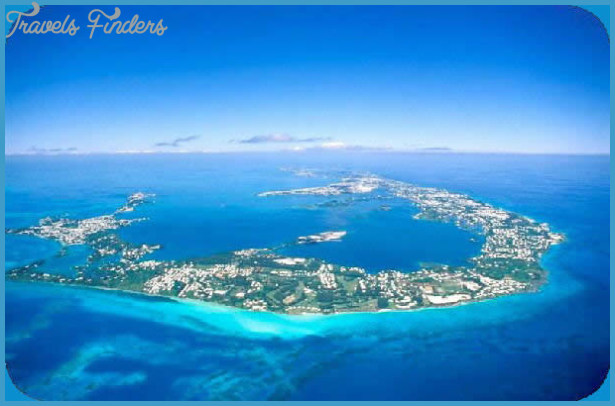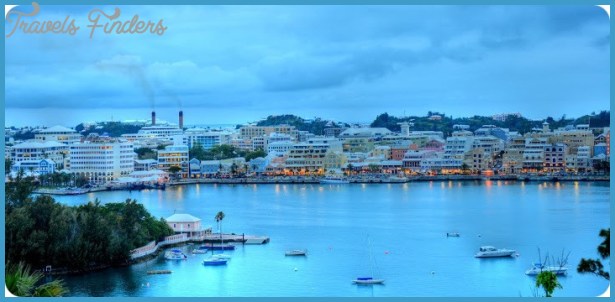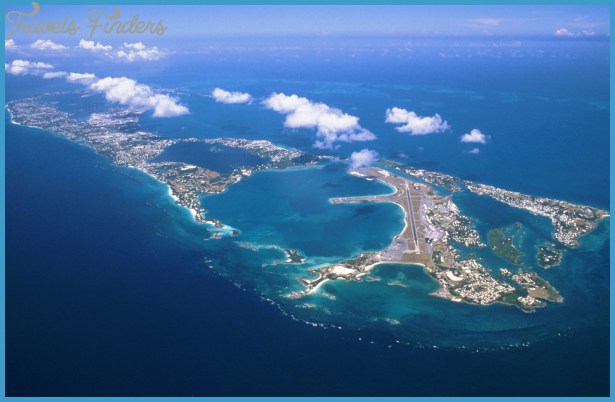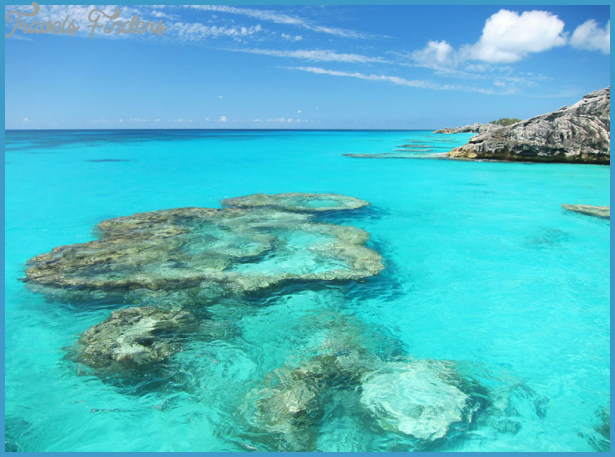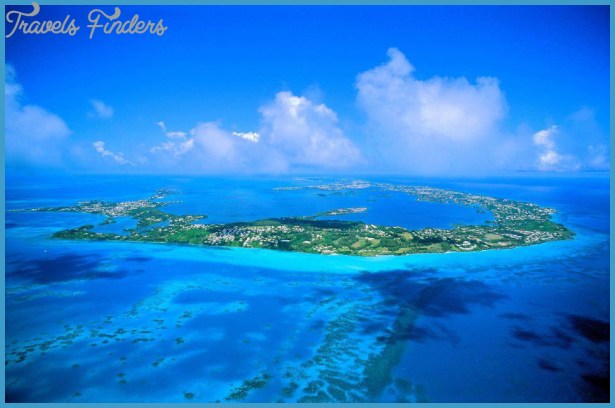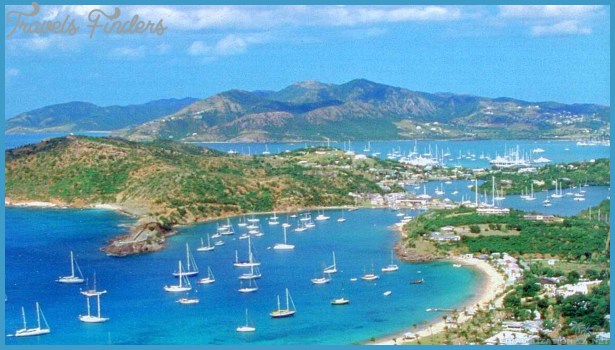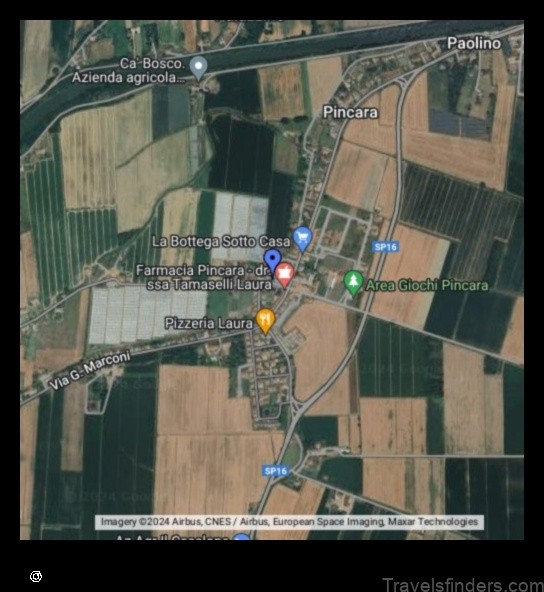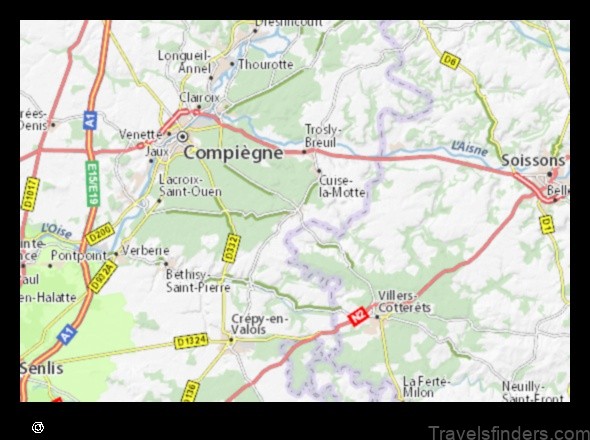Bermuda is a special travel destination for several reasons. It is a series of seven main interconnected islands of remarkable natural beauty with Caribbean characteristics but is located 650 miles east of North Carolina. The land area is small; greater New York City is fifteen times larger. New York City is 774 miles northwest; London more than three thousand miles northeast.
Because of its easy reach by air from Northeastern United States, it is highly popular with vacationers and receives close to a half million of them annually. Tourism is the principal and practically only business in Bermuda. A self-governing colony of about sixty thousand people with a governor appointed by the Queen of England, Bermuda seeks the affluent visitors: those with an income over $50,000 a year. The tourist office says, We are not interested in the Coca-Cola and hamburger market. The islands have attracted a number of permanent residents from Britain partly because of being a tax haven.
Unlike the Caribbean region, Bermuda has little or no evidence of poverty. There are no shanty towns. Blacks constitute about two-thirds of the population and there is some racial tension which erupts from time to time in riots and strikes.
The tourist authority has cleverly promoted springtime in Bermuda in the form of a series of college weeks. Consequently, spring weekends are jammed with college students from the Eastern Seaboard of the United States. College weeks are scheduled anywhere from mid-March to the end of April, depending upon the date of Easter weekend.
Other promotional events are a Goodwill Golf Tournament and activities related to fishing, tennis, dog shows, bridge, amateur radio competitions, and yachting.
Familiarization trips for travel agents were begun in 1973. Agents are placed in groups of thirty and stay at different hotels, moving to a different hotel every four days.
Hamilton, Paget, and St. Georges are the only villages, all quaintly English. St. Georges is particularly attractive as a museum village. One of the hotels is operated as a hotel training school it takes in guests and has a popular restaurant. More than one hundred resorts offer a variety of accommodation: large and small hotels, cottage colonies, housekeeping apartments, and guest houses. Most hotels offer the American plan three meals a day included in the room rate, but there is also the Bermuda Plan, similar to the Bed and Breakfast. Breakfast is more comprehensive than the Continental plan of juice, roll or croissant and coffee. Hotel rates are comparatively high.
The way to get around is by boat, rented car or the fun way, rental scooter, motor bike or moped. There are about 150 miles of roadways and a government-operated ferry service.
Cruise ships have long made Bermuda a favorite port of call. The tourist board, however, limits the number of cruise ships in port at any one time to assure that the island tourist facilities are not overwhelmed.
Bermuda weather is not exactly as portrayed in the promotion brochures. Winter temperatures are likely to be in the fifties; summers can be unpleasantly hot and muggy. High winds are common from December through April.
The Caribbean Region will probably continue its growth in tourism and for a long time to come will continue its ambivalence towards tourism and tourists. The physical ingredients for tourism sun, surf, and sin are in place. As the attitudes and skills of the residents change, the Caribbean will become even more attractive.
ENDNOTES
1. Laventhol and Horwath.
2. The Caribbean Heritage, Virginia Radcliff, Walker and Company, N.Y. 1976.
SUGGESTED READINGS
Caribbean Hideaways, Ian Keowin, Harmony Books. Explores twenty-four islands and more than one hundred selected resorts. Contains a supplement on charter yachts.
Fielding’s Caribbean, Margaret Zellers, William Morrow & Co. Among the best of the major travel guides. Should appeal to first-time visitors wishing luxury or simplicity.
THE CARIBBEAN REGION
Fodor’s Caribbean and the Bahamas, Stephen Birnbaum, Houghton Mifflin.
The Caribbean, Bermuda and the Bahamas, Stephen Birnbaum, Houghton Mifflin.
Frommer’s Dollarwise Guide to the Caribbean, Darwin Porter. Information leans toward the inexpensive but comfortable accommodations.
Travel Section, New York Times, Nov. 22, 1981.

